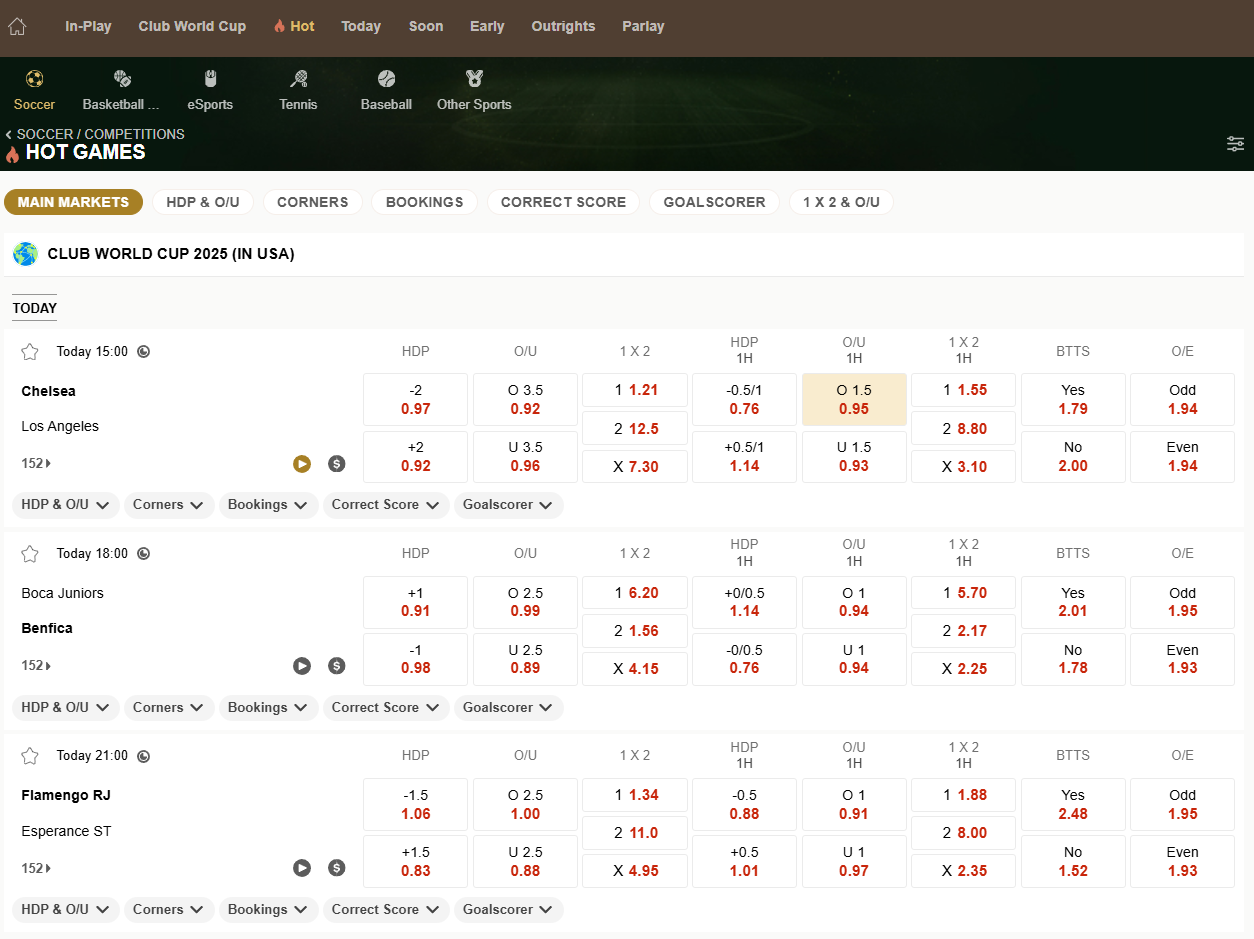Is Chinese Super League Football Finally Turning a Profit? Debunking Myths and Exploring Realities
Hold on to your hats, football fans! For years, the Chinese Super League (CSL) has been synonymous with big spending, attracting global stars with eye-watering salaries. But a lingering question has always been whispered in the background: Is it sustainable? More importantly,is the CSL actually making money? The answer, as with most things in football finance, is complex. Let’s dive in!

Is the Chinese Super League really seeing consistent profits?
That’s the million-dollar (or should we say, billion-yuan) question! The short answer is: it’s complicated and fluctuating. For a long time, the CSL operated on a model heavily reliant on investment from wealthy owners and corporate sponsors. Attracting high-profile foreign players and managers undoubtedly boosted the league’s profile and increased viewership, but it also led to significant financial losses for many clubs.
Historically, consistent profitability wasn’t the primary goal. The focus was often on brand building, political signaling, and overall promotion of football within China. This led to inflated transfer fees and unsustainable wage structures. Think back to the days of Hulk, Oscar, and Carlos Tevez commanding astronomical salaries. Those signings may have grabbed headlines, but they weren’t exactly conducive to long-term financial stability.
What changed? The introduction of salary caps and financial regulations.
Recognizing the unsustainable nature of the spending spree, the Chinese Football Association (CFA) implemented stricter financial regulations, including salary caps for both domestic and foreign players. These measures were designed to curb excessive spending, promote youth development, and ultimately, foster a more financially sound league.
The impact of these regulations has been significant. We’ve seen a shift away from extravagant signings and a greater emphasis on developing local talent. While some high-profile players have departed, this has allowed clubs to reduce their wage bills and potentially move towards a more sustainable financial model.
Are all CSL clubs profitable now? Not quite.
While the new regulations have helped, consistent profitability across the entire league remains elusive. Some clubs are still struggling to balance their books, particularly those that were heavily reliant on previous investment models. The COVID-19 pandemic also added another layer of complexity, impacting matchday revenue and sponsorship deals.
However, the trend is definitely moving in the right direction. Many clubs are now focusing on generating revenue through more traditional means, such as ticket sales, merchandise, and sponsorships. The increased emphasis on developing local talent also reduces the reliance on expensive foreign players, further contributing to cost savings.
What does the future hold for CSL finance?
The future of CSL finance hinges on several factors. Continued adherence to financial regulations is crucial. The league also needs to focus on improving the overall quality of the product on the pitch to attract more fans and generate greater revenue. Developing a robust youth development system is also essential for long-term sustainability.
Ultimately, the goal is to create a financially stable and competitive league that can attract both domestic and international attention. While the journey towards consistent profitability is ongoing, the steps taken in recent years are encouraging. The CSL is evolving, and it will be fascinating to see how its financial landscape continues to transform in the years to come.
What are your thoughts on the CSL’s financial health? Do you think it can achieve consistent profitability in the long run? Share your opinions in the comments below!
If you found this post informative, give it a like and share it with your fellow football enthusiasts!
Key Takeaways:
- The CSL has moved away from unsustainable spending due to new regulations.
- Profitability is improving but not yet consistent across the league.
- Focus on youth development and domestic talent is crucial for long-term success.
References for this article – Wikipedia
#CSLFinance #ChineseFootball